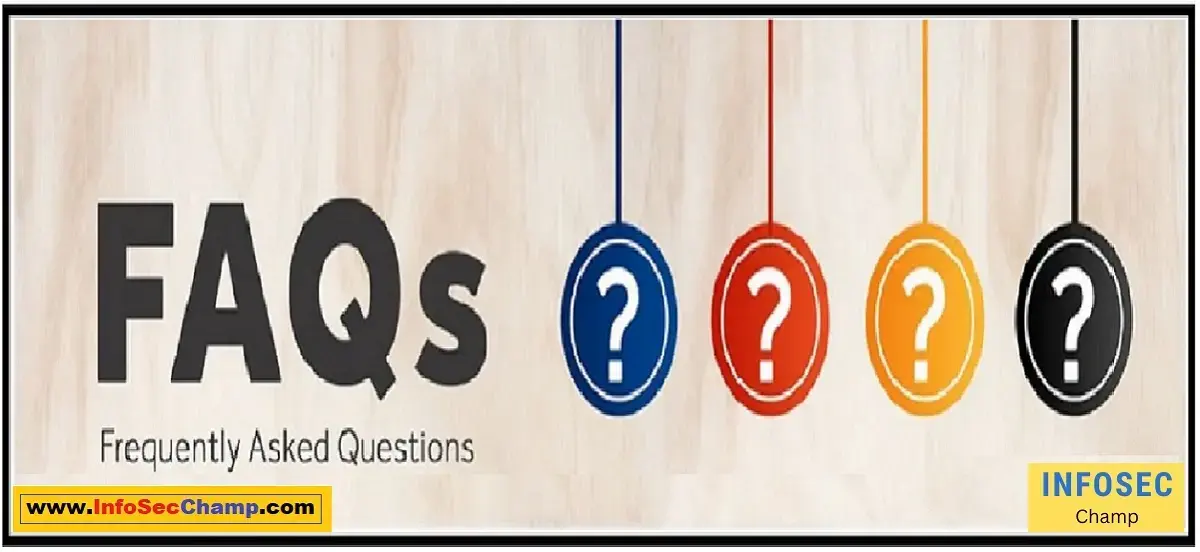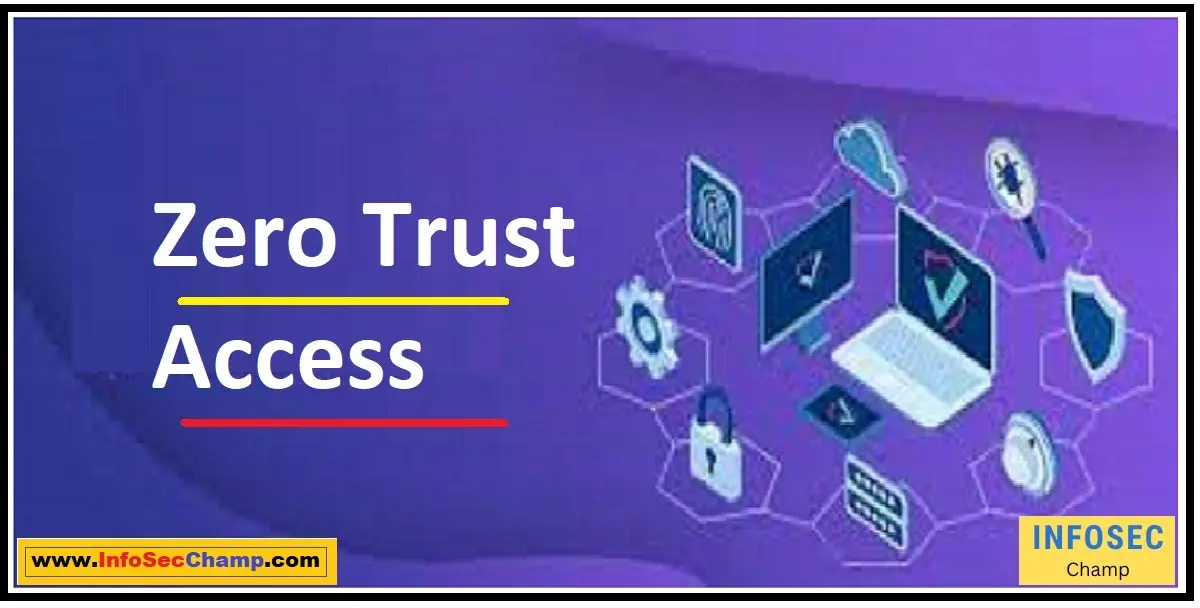In a world where cyber threats are constantly evolving, Zero Trust Access has emerged as a game-changer in the realm of enterprise security. As organizations strive to protect their valuable data and assets, it’s crucial to understand why this innovative approach is revolutionizing the way businesses safeguard their networks.
In this article, we delve into the top 10 reasons why Zero Trust Access is transforming the landscape of cybersecurity. From enhancing data protection to streamlining access management, discover how this cutting-edge model is redefining the future of enterprise security and providing businesses with the tools they need to stay one step ahead of cyber threats.
The Principles of Zero Trust Access
- “Never trust, always verify”: Zero Trust Access emphasizes the importance of verifying all users and devices before granting access to the network.
- Least-privilege access: Users are granted the minimum necessary permissions to perform their job functions, reducing the risk of unauthorized access to sensitive data.
- Micro-segmentation: The network is divided into smaller segments, limiting lateral movement and containing potential threats.
- Identity and Access Management: Implementing strong authentication and authorization processes to ensure only legitimate users gain access.
- Continuous monitoring: Regularly monitoring user activity and network traffic to detect and respond to potential threats in real-time.
Zero Trust Access and Its Impact on Cybersecurity
- Reduced attack surface: By limiting user access to the necessary resources, the risk of successful cyberattacks is decreased.
- Improved data protection: With robust access controls in place, sensitive data remains secure from unauthorized access.
- Enhanced compliance: Zero-Trust Access helps organizations meet regulatory requirements for data protection and privacy.
- Faster threat detection and response: Continuous monitoring enables quicker identification and mitigation of potential threats.
- Greater adaptability: Zero Trust Access offers a flexible framework that can adapt to evolving cybersecurity threats and new technologies.
Key Components of a Zero-Trust Access Architecture
- Identity Provider (IdP): Manages user identities and authentication.
- Access Proxy: Enforces access policies and serves as a gateway between users and resources.
- Policy Engine: Determines access permissions based on user attributes, device context, and resource sensitivity.
- Network Access Control (NAC): Secures network access by validating the identity and security posture of devices.
- Data Protection: Ensures data confidentiality, integrity, and availability through encryption, backup, and recovery mechanisms.
- Security Analytics: Collects and analyzes security data to detect potential threats and inform policy decisions.
Overcoming Challenges in Implementing Zero-Trust Access
- Aligning organizational culture: Educate stakeholders on the importance of Zero Trust Access and promote a security-conscious mindset.
- Integrating existing systems: Leverage existing infrastructure and tools to facilitate a smooth transition to the new model.
- Developing comprehensive policies: Establish clear and effective access policies that balance security needs with business requirements.
- Scaling the solution: Ensure the Zero-Trust Access architecture can accommodate the organization’s growth and evolving needs.
- Monitoring and refining the approach: Continuously assess the effectiveness of the Zero Trust Access model and make necessary adjustments.
Measuring the Effectiveness of Zero-Trust Access
- Incident frequency and severity: Track the number and impact of security incidents to gauge the effectiveness of the Zero Trust Access model.
- Compliance and audit results: Assess the organization’s adherence to regulatory requirements and internal security policies.
- User experience: Monitor user satisfaction with the access process and address any pain points.
- Time to detect and respond: Evaluate the speed at which potential threats are identified and mitigated.
- Return on investment (ROI): Calculate the financial benefits of implementing Zero-Trust Access, including cost savings and risk reduction.
Future Trends in Zero-Trust Access and Enterprise Security
- Integration with AI and machine learning: Enhance threat detection and policy enforcement by leveraging artificial intelligence and machine learning algorithms.
- Expanding the scope to IoT: Apply Zero Trust Access principles to secure the growing number of Internet of Things (IoT) devices within organizations.
- Adoption of Secure Access Service Edge (SASE): Combine Zero-Trust Access with SASE to provide a unified and secure network infrastructure.
- Increased focus on privacy: Strengthen data privacy practices by incorporating privacy-by-design principles into Zero Trust Access strategies.
- Collaborative security: Share threat intelligence and best practices across
- Collaborative security: Share threat intelligence and best practices across organizations and industries to collectively improve Zero Trust Access implementations and enhance overall cybersecurity.
- Evolving with emerging technologies: Continuously adapt and refine Zero Trust Access strategies to address new technologies, such as quantum computing and 5G networks, that may introduce new security challenges.
Conclusion:
In today’s rapidly evolving digital landscape, adopting a Zero Trust Access approach is essential for organizations to stay ahead of cyber threats and safeguard their valuable assets. By embracing the principles of Zero Trust Access and implementing a robust and adaptive security architecture, businesses can significantly enhance their cybersecurity posture, protect sensitive data, and ensure regulatory compliance.
As technology continues to advance and cyber threats grow in complexity, a proactive and comprehensive approach to security, like Zero Trust Access, is the key to maintaining a resilient and secure enterprise.

FAQs:
Q: What is Zero-Trust Access?
A: Zero Trust Access is a security model that assumes no trust for any user or device by default, and requires continuous verification before granting access to network resources.
Q: Why is Zero-Trust Access important?
A: Zero Trust Access is important because it enhances cybersecurity by minimizing the attack surface, improving data protection, enabling faster threat detection and response, and offering a flexible framework to adapt to evolving threats.
Q: How does Zero-Trust Access work?
A: Zero Trust Access works by implementing robust identity and access management, least-privilege access, micro-segmentation, continuous monitoring, and strong data protection measures to secure enterprise networks and resources.
Q: What are the main components of a Zero-Trust Access architecture?
A: The main components of a Zero Trust Access architecture include an Identity Provider (IdP), Access Proxy, Policy Engine, Network Access Control (NAC), Data Protection, and Security Analytics.
Q: What are the challenges in implementing Zero Trust Access?
A: Challenges in implementing Zero Trust Access include aligning organizational culture, integrating existing systems, developing comprehensive policies, scaling the solution, and monitoring and refining the approach.
Golden Quote
“Zero Trust Access: The Cornerstone of a Resilient and secure enterprise in the digital age.”

